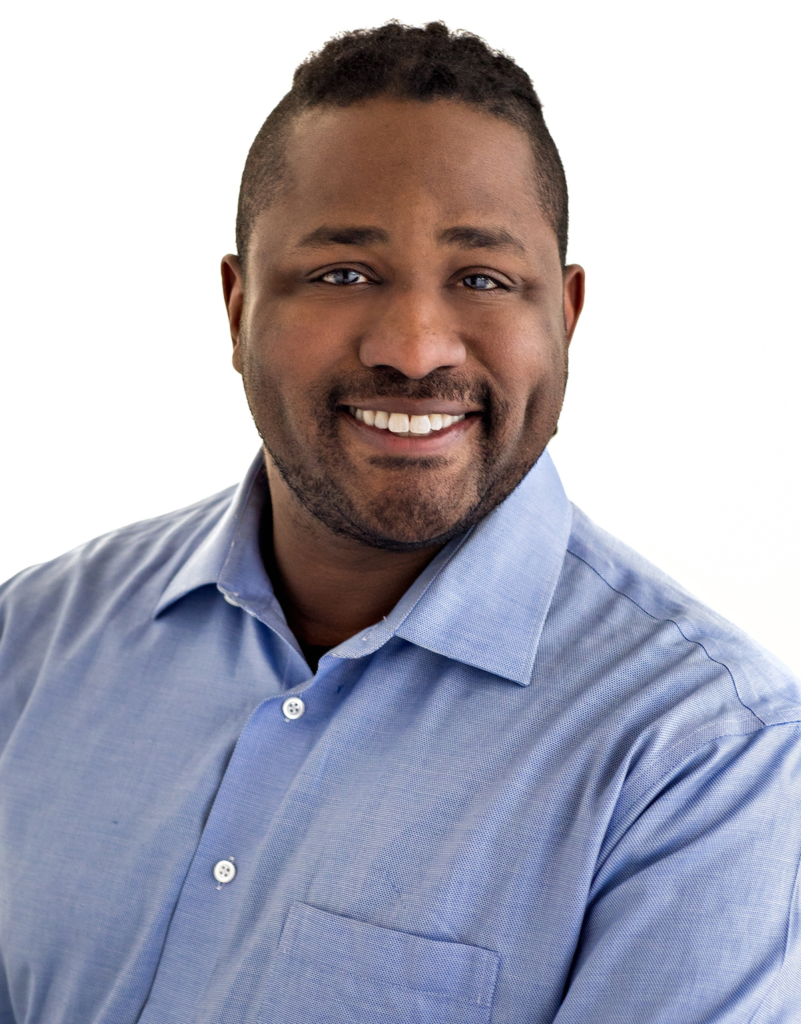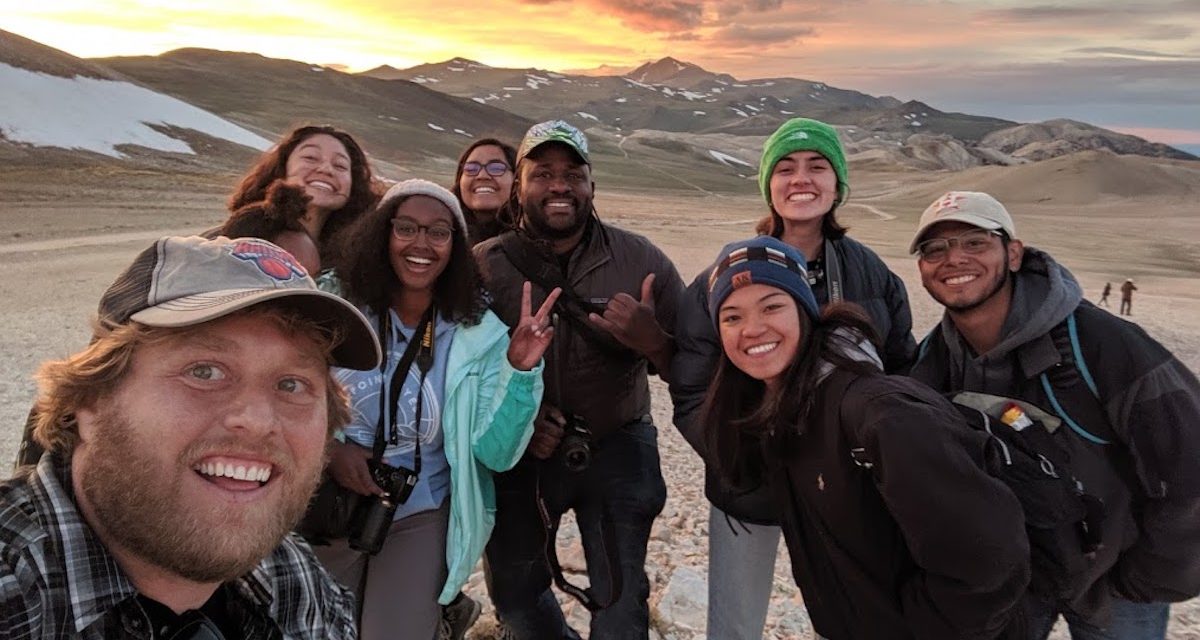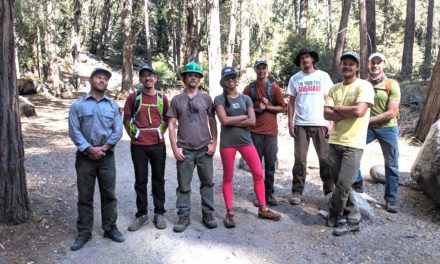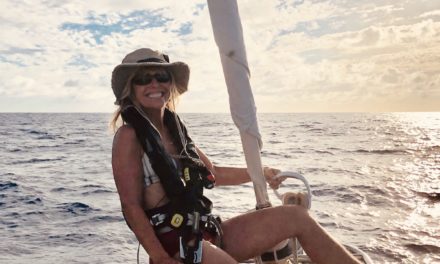Conserving wild spaces will require EVERYONE’S help
By Justin Cummings
Six months into the year 2020, we are faced with a turning point in the history of the United States and the world. We are living through the worst pandemic since 1918, the killing of black men by police in America has sparked a demand for social justice and an end to systemic racism and discrimination, and arctic temperatures recently reached 101 degrees Farenheit, the highest ever recorded in human history.
Although the impacts of COVID-19, police violence, and climate change have disproportionate impacts on people depending on their racial or socioeconomic status, geographic location, or access to resources, we do know that in order to make any meaningful change it will take a collective effort.
Of all the many threats to humanity, climate change remains the single biggest threat to the persistence of humans on this planet. Environmental conservation is critical for mitigating the impacts of climate change and maintaining biodiversity for future generations. As we continue to act and fight to protect the environment against those who would like to profit from its destruction, we must also stop to ask ourselves, who is involved in the conversation.
The American environmental conservation movement has a history that was embedded in racism. Madison Grant, friend of presidents Herbert Hoover and Teddy Roosevelt, is credited as one of the founding fathers of conservation for helping to create numerous national parks and conservation organizations. However, the basis of his conservation ideology was that natural resources were to be conserved for people of Nordic heritage at the exclusion of other races. Historically many conservation organizations were exclusive to white men and over time women could join. When we look at conservation and outdoor recreation today, although there have been efforts to increase diversity in both, we still see that outdoor participation remains predominantly white.

Throughout my life I have heard assumptions from white people that the reason they don’t see people of color in national parks or environmental fields is because there is a lack of interest. The reality is that this lack of diversity stems from the geographic segregation of communities of color into poverty stricken “ghettos”, lack of educational and financial resources available to communities of color to gain access, and lack of inclusion into organizations and institutions that make environmental policy decisions. In fact, the environmental justice movement was largely started by people of color, who highlighted the inequity of environmental protection in neighborhoods of people of color, which is still being fought today.
For conservation to be effective, the people who reflect the composition of our nation must be at the forefront of this conversation. This means that we must intentionally deconstruct systemic racism in outdoor recreation, create access for everyone in our open spaces, ensure that conservation and recreation are reflective of our nation as a whole, and ensure that all voices are equitably represented at the decision making table. We must look at our organizations, companies, and institutions and ask whether diversity is reflected in the composition of our workforce, in our marketing and advertising, on our boards, and whether there is a need for change. This will require questioning our biases, intentional recruitment, and creating a pathway for inclusion. Our planet needs us now more than ever, but we can only save it if we all work together.
— Justin Cummings, Ph.D.
We are honored to print Justin Cummings’ guest editorial in this issue and acknowledge that ASJ has not done a good enough job at engaging a diverse community through our pages. We have work to do. As part of our commitment to antiracism we look forward to covering BIPOC athletes and organizations in upcoming issues. We want to amplify diverse voices and would love to hear from you. Suggestions are welcome. — Cathy Claesson, Publisher & Matt Niswonger, Editor-in-Chief
Read Matt Niswonger’s Editor’s Note about inclusion from issue #110 here.

Santa Cruz Mayor Justin Cummings takes a knee with Santa Cruz police chief Andy Mills shortly after the death of George Floyd. This photo went viral and became a symbol of responsible leadership during a time of national crisis. Photo by: Shmuel Thaler














